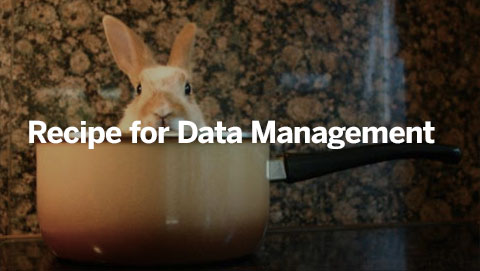Data Archiving Case Studies: How Organizations Conquered Data Overload
In today’s data-driven world, organizations across industries grapple with the challenges of ever-growing data volumes. While data is a valuable asset, managing, storing, and securing it can become a costly and complex endeavor. Data archiving offers a solution by moving inactive or infrequently accessed data to cost-effective storage while maintaining accessibility and compliance.
In this article, we delve into three real-world case studies that highlight the transformative power of data archiving across diverse sectors: financial services, healthcare, and manufacturing. Each case study demonstrates the unique challenges faced by these organizations and how data archiving proved to be a strategic solution for overcoming data overload, reducing costs, and improving operational efficiency.
Case Study 1: Financial Services Firm Streamlines Data Management
A leading financial services firm faced mounting pressure to retain vast amounts of customer and transaction data for regulatory compliance. Their traditional storage systems were bursting at the seams, leading to increased costs and sluggish performance.
The Challenge:
The firm needed to maintain years of historical data to comply with strict financial regulations, but storing all this data on high-performance storage was financially unsustainable. The sheer volume of data was also hindering efficient data analysis and reporting, impacting decision-making processes.
The Solution:
The firm implemented a data archiving solution that integrated seamlessly with their existing infrastructure. Inactive data was automatically identified and migrated to a cost-effective, cloud-based archive. This freed up valuable space on their primary storage, resulting in significant cost savings.
The Results:
- Cost Reduction: The firm reduced their storage costs by over 50% by offloading inactive data to the cloud-based archive.
- Improved Performance: With less data on their primary storage, system performance improved significantly, enabling faster data retrieval and analysis.
- Regulatory Compliance: The archive ensured that all required data was retained in a secure and accessible manner, meeting stringent regulatory requirements.
Case Study 2: Healthcare Provider Enhances Data Security and Accessibility
A major healthcare provider was facing challenges managing massive amounts of patient medical records, imaging data, and research data. Protecting patient privacy was paramount, but so was ensuring that authorized personnel could access records quickly and easily when needed.
The Challenge:
The healthcare provider needed a secure and scalable solution for long-term data retention. They also wanted to improve data accessibility for clinicians and researchers while ensuring compliance with HIPAA (Health Insurance Portability and Accountability Act) regulations.
The Solution:
The provider implemented a hybrid archiving solution that combined on-premises and cloud-based storage. Highly sensitive patient data was stored on-premises, while less critical data was archived in the cloud. The solution included robust encryption and access controls to safeguard patient privacy.
The Results:
- Enhanced Data Security: The hybrid approach provided multiple layers of security to protect sensitive patient information.
- Improved Accessibility: Clinicians and researchers could access the data they needed quickly and easily, regardless of its location.
- HIPAA Compliance: The solution was designed to meet stringent HIPAA requirements, ensuring patient privacy and data integrity.
Case Study 3: Manufacturing Company Optimizes Data-Driven Decision Making
A global manufacturing company was accumulating vast amounts of sensor data, production logs, and quality control data. This data held valuable insights for optimizing manufacturing processes, but it was scattered across various systems and difficult to analyze.
The Challenge:
The company needed a way to consolidate and analyze this data to identify inefficiencies, improve product quality, and reduce production costs. However, storing all this data on expensive high-performance storage was not feasible.
The Solution:
The company implemented a data archiving solution that integrated with their existing data analytics platform. Inactive data was automatically archived, freeing up space on their primary storage. The archived data was then indexed and made available for analysis through their analytics tools.
The Results:
- Cost Savings: The company reduced storage costs by archiving inactive data.
- Improved Decision Making: By consolidating and analyzing archived data, the company gained valuable insights into their manufacturing processes, leading to improvements in efficiency, quality, and cost reduction.
- Competitive Advantage: The ability to leverage data for decision-making gave the company a significant competitive advantage in the market.
Conclusion
These case studies illustrate the diverse applications of data archiving across industries. By strategically managing inactive data, organizations can reduce costs, improve performance, ensure compliance, and gain valuable insights for decision-making.
Whether you are in financial services, healthcare, manufacturing, or any other data-intensive industry, data archiving can be a game-changer for your organization. By choosing the right solution and implementing best practices, you can unlock the full potential of your data while ensuring its security and accessibility for years to come.





